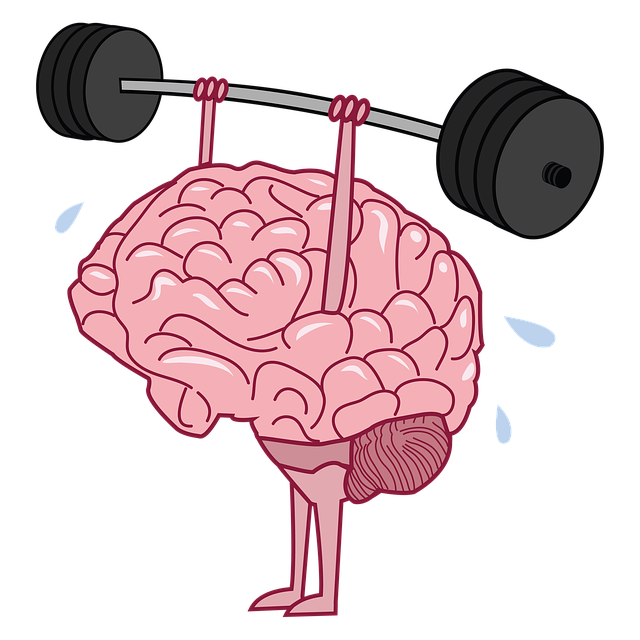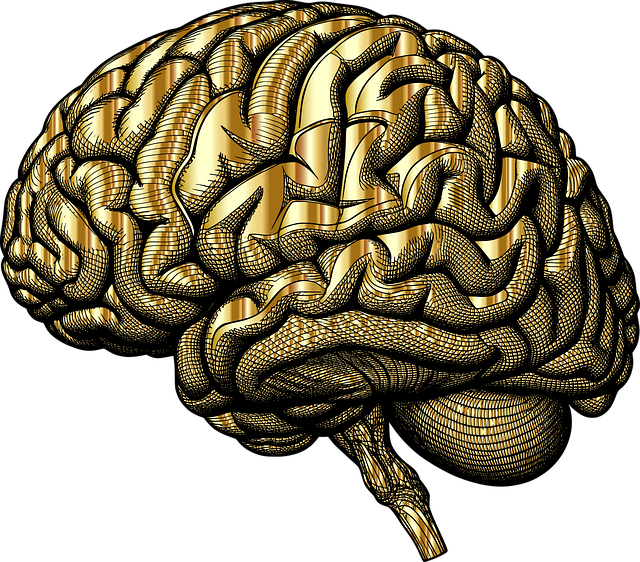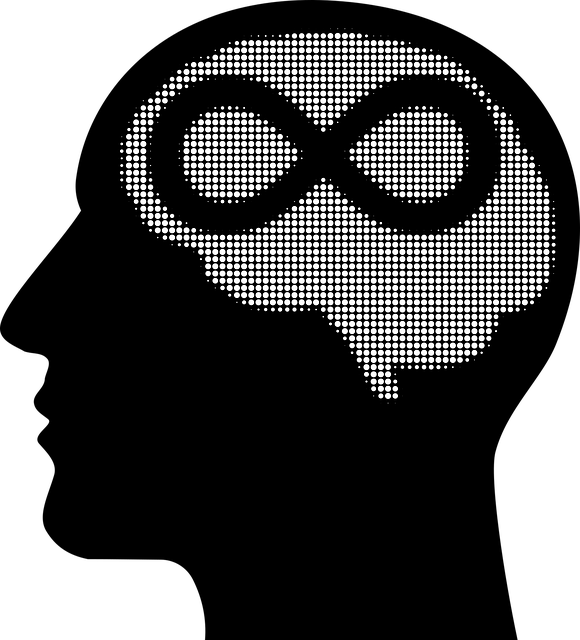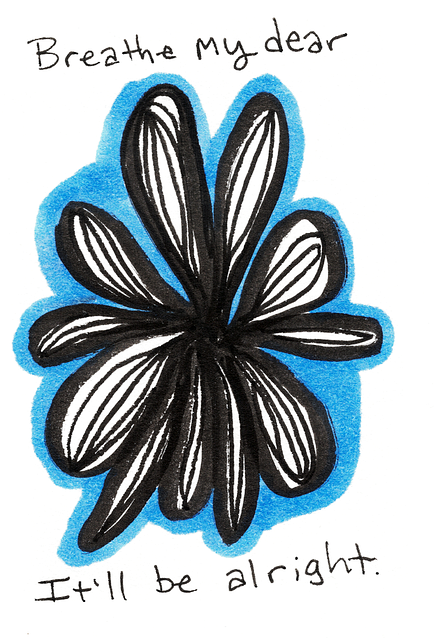Mental wellness self-assessment tools are essential for early intervention and personalized support, aiding in understanding emotional states but facing challenges like identifying lesser-known disorders like Lone Tree Adjustment Disorder (LTAD). Effective tools require a blend of scientific rigor and empathy, coupled with public awareness campaigns to encourage open discussions. LTAD, affecting individuals facing life changes or trauma, presents symptoms like intense grief and disorientation; understanding it informs mental health education programs incorporating strategies such as cognitive-behavioral therapy. Valid, reliable, and culturally sensitive tools, including questionnaires and interviews, offer a comprehensive view of mental health, with checklists like the LTADT enhancing disorder detection accuracy. Integrating diverse therapy techniques, like CBT and mindfulness, allows for tailored assessments, empowering individuals to manage their well-being effectively. Testing, validation, and strategic digital distribution ensure these tools' accessibility and reliability in addressing LTAD and other mental health concerns.
Mental wellness self-assessment tools have become indispensable in promoting personal growth and managing mental health. This article delves into the development of such tools, highlighting the crucial need for personalized approaches. We explore key disorders like Lone Tree Adjustment Disorder as a case study to understand diverse mental health landscapes. Through design considerations, best practices, clinical integration, rigorous testing, and accessibility, we aim to enhance self-assessment effectiveness, offering valuable insights for both professionals and individuals seeking Lone Tree Adjustment Disorder therapy.
- Understanding Mental Wellness Self-Assessment: The Need for Personalized Tools
- Identifying Key Disorders: Lone Tree Adjustment Disorder as a Case Study
- Designing Effective Assessment Tools: Considerations and Best Practices
- Integrating Therapy Techniques: Enhancing Self-Assessment with Clinical Guidance
- Testing, Validation, and Distribution: Ensuring Accuracy and Accessibility
Understanding Mental Wellness Self-Assessment: The Need for Personalized Tools

Mental wellness self-assessment tools play a pivotal role in empowering individuals to take charge of their mental health. These tools are designed to help people understand their emotional, psychological, and behavioral states, facilitating early intervention and tailored support. However, the landscape of mental wellness is vast and complex, with various disorders and unique individual experiences, demanding personalized assessment approaches.
One such challenge lies in addressing specific issues like the Lone Tree Adjustment Disorder, which often goes unrecognized due to its solitary nature. Developing self-assessment tools that cater to such nuances requires a blend of scientific rigor and empathy. By incorporating effective communication strategies and leveraging public awareness campaigns development, these tools can encourage individuals to openly discuss their struggles and seek necessary help. Additionally, building resilience through self-assessment can equip people with the skills to navigate life’s challenges more effectively.
Identifying Key Disorders: Lone Tree Adjustment Disorder as a Case Study

Identifying key disorders is a crucial step in developing effective self-assessment tools for mental wellness. One often overlooked yet significant condition is Lone Tree Adjustment Disorder (LTAD), which can profoundly impact individuals, especially those facing significant life changes or traumatic events. LTAD manifests as a cluster of symptoms including intense grief, disorientation, and severe adjustment difficulties after a stressful situation.
Understanding LTAD provides valuable insights into the design of mental health education programs. By incorporating strategies tailored to address this disorder, such as cognitive-behavioral therapy, support groups, and stress management techniques, self-assessment tools can better equip users to recognize early warning signs of depression prevention and promote mental health awareness. This holistic approach ensures that individuals struggling with LTAD receive the necessary support and guidance for effective long-term recovery.
Designing Effective Assessment Tools: Considerations and Best Practices

Effective mental wellness self-assessment tools are instrumental in identifying symptoms, tracking progress, and tailoring interventions. When designing such tools, it’s crucial to prioritize validity, reliability, and sensitivity to cultural nuances. Incorporate diverse assessment methods—from questionnaires to semi-structured interviews—to capture a comprehensive picture of an individual’s mental health landscape. For instance, integrating items from recognized scales like the Lone Tree Adjustment Disorder Therapy (LTADT) checklist enhances accuracy in detecting specific disorders.
Best practices dictate that tools should be user-friendly, easily accessible, and regularly updated to reflect evolving research and understanding of mental health. Encourage self-reflection through clear instructions and anonymization options to foster honest responses. Additionally, consider integrating risk management planning elements to support professionals in recognizing their own mental wellness needs and preventing burnout—a critical aspect of Self-Care Practices. Such tools should also promote Burnout Prevention by encouraging professionals to set boundaries and engage in effective Self-Care Practices.
Integrating Therapy Techniques: Enhancing Self-Assessment with Clinical Guidance

Integrating Therapy Techniques into self-assessment tools can significantly enhance their effectiveness and clinical value. By incorporating elements from various therapeutic approaches like Lone Tree Adjustment Disorder Therapy, developers can create more nuanced and tailored assessments. For instance, including questions or exercises that mimic cognitive-behavioural therapy (CBT) techniques can help individuals identify negative thought patterns and distressing emotions, promoting self-awareness.
This clinical guidance ensures that users not only recognize their mental health status but also understand the underlying mechanisms contributing to it. Moreover, incorporating stress reduction methods inspired by mindfulness practices or other evidence-based therapies allows for personalized coping strategies. This holistic approach, combining mental health education programs design with practical tools, can empower individuals to take charge of their well-being and effectively manage any challenges they may face.
Testing, Validation, and Distribution: Ensuring Accuracy and Accessibility

Testing, validation, and distribution are critical components in developing reliable self-assessment tools for mental wellness. Rigorous testing ensures that the instruments accurately measure intended constructs, such as symptoms of Lone Tree Adjustment Disorder, while validation processes confirm their reliability and validity over time. This includes pilot studies with diverse samples to identify potential biases or limitations.
Once validated, these tools should be widely accessible. Distribution strategies can involve digital platforms for online accessibility, making mental health awareness and mindfulness meditation practices more convenient. By ensuring both accuracy and accessibility, self-assessment tools can empower individuals to take charge of their mental wellness while also guiding professionals in tailoring therapy approaches, such as those used for Lone Tree Adjustment Disorder therapy.
Mental wellness self-assessment tools have evolved to meet the diverse needs of individuals seeking personalized support. By integrating insights from case studies like Lone Tree Adjustment Disorder, developers can create effective assessment tools that guide users towards tailored therapy techniques. Through rigorous testing, validation, and distribution strategies, these tools ensure accuracy and accessibility, fostering better mental health outcomes for all.









